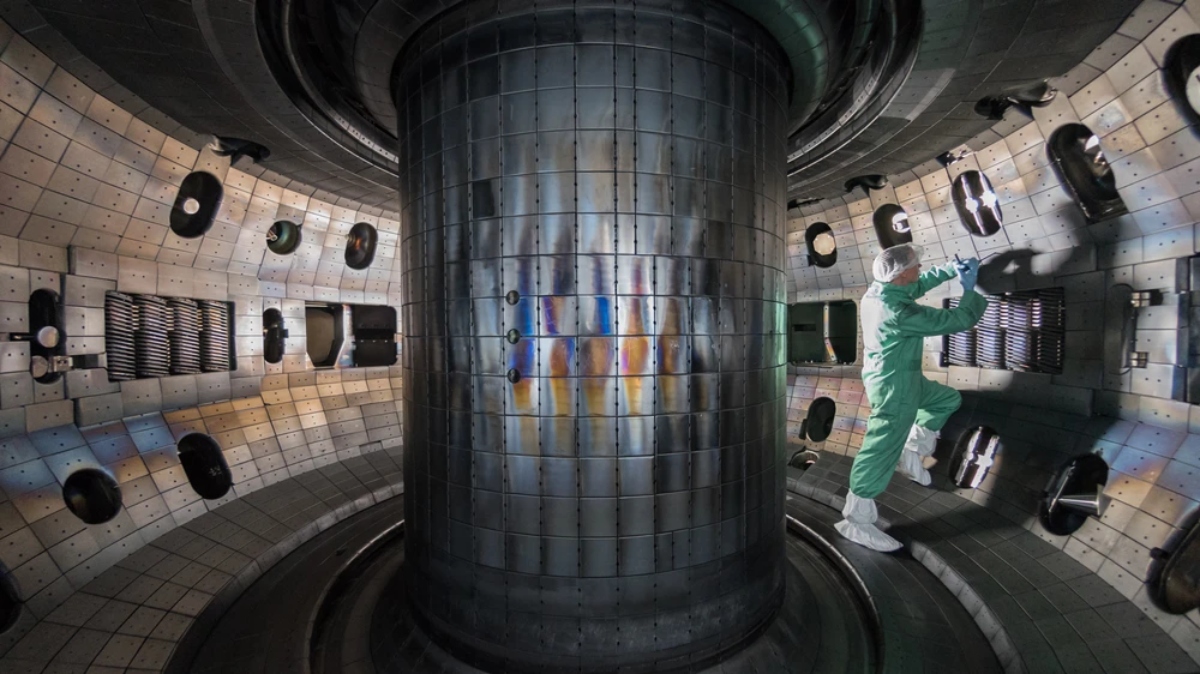Today, there are many technological breakthroughs that may be brewing in the heads of the geniuses working for the world’s largest and most innovative companies. Well, in this article you are going to learn about a couple of patents that include the use of solar energy and augmented reality and that you will surely love. Let’s get started!
A cell phone that charges with solar energy
The Chinese company Xiaomi patented a cell phone that integrates a solar panel on the back. Yes, just as you are reading, this panel will allow it to be charged thanks to solar energy and thus be able to charge the internal battery.
But, although the panel would take advantage of sunlight radiation, it would not be necessary to leave it in full sun, as this would severely affect the device.
The patent was discovered by the LetsGoDigital portal team, and was filed in July 2018 with the WIPO (World Intellectual Property Office). The interesting thing about this one is that it includes a photovoltaic cell in a large proportion of the rear surface, which captures solar radiation.
Such a photovoltaic cell would be thin enough so as not to add height to the device. And its panel would be slightly curved to fit the shape of the equipment.
What the team that discovered this solar-powered cell phone failed to identify is the fingerprint sensor on the rear panel. Therefore, they speculate that this would be on the screen.
Contact lenses with augmented reality
Now, let’s leave aside the topic of solar energy, because we can’t let this patent discovered by Patently Mobile, a site specialized in technology patents, go unnoticed.
Samsung registered with the U.S. Patent and Trademark Office a pair of contact lenses with a built-in hidden camera to see in augmented reality that would give users clear information, in addition to widening their angle of vision.
What we know about these contact lenses is that they will have several layers, in one of which would be located an antenna that would serve to exchange information between the lenses and a mobile device.
The user would then see the data through a light projection that would be generated on one of these layers and display the information on the retina in augmented reality.
One of the practical uses for these lenses would be, for example, to help track a route in a GPS application.
Don’t go away! Take a few more minutes to read this interesting article: Innovations that will impact the world very soon according to Bill Gates.




